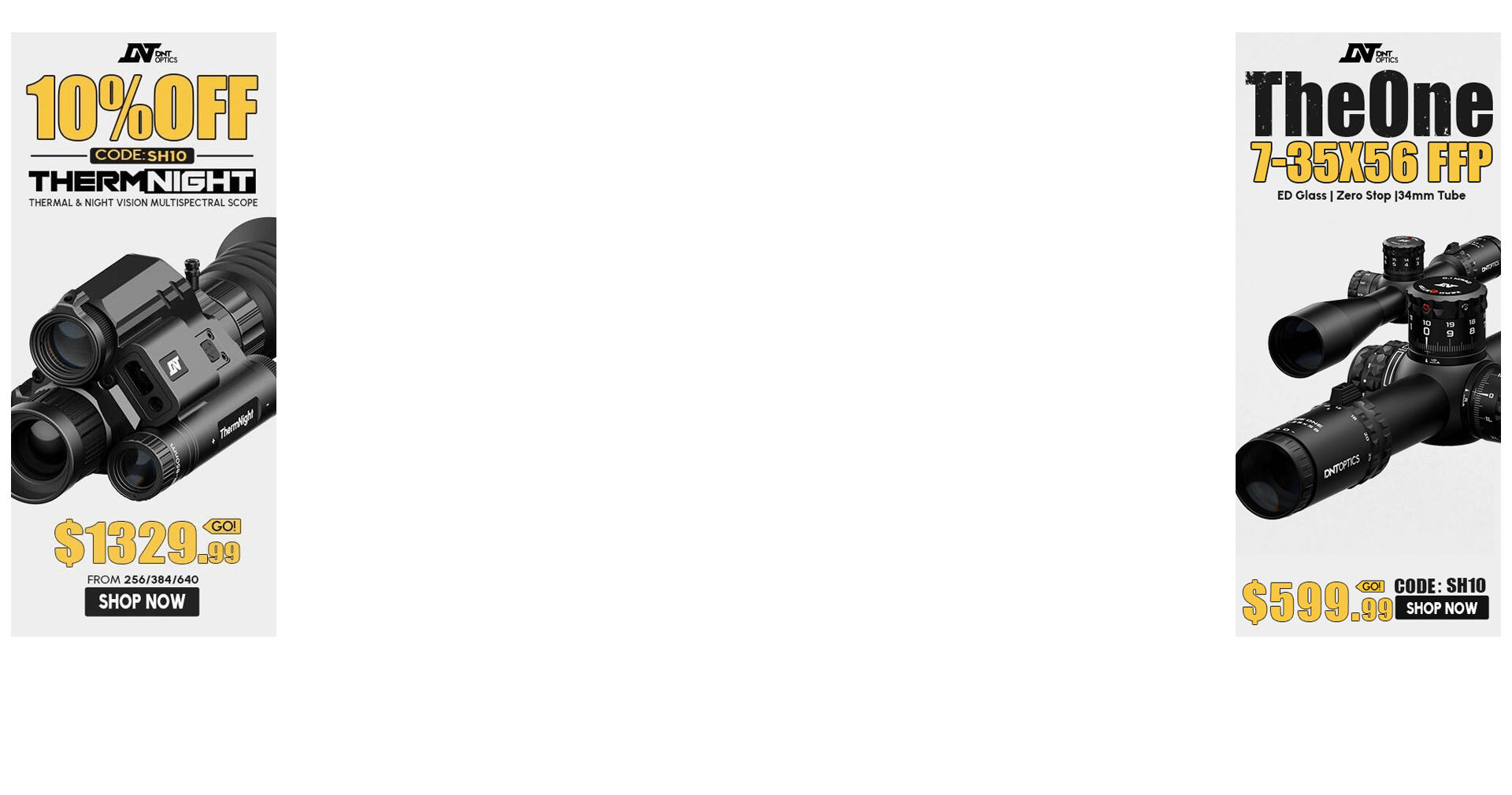Re: Bullet sorting - base to ogive vs. bearing surface
7mmAM... go right on ahead with that... I'd prefer that you do, actually
I know some folks, as you do, who seem to be able to load nearly 'match grade' ammo going full tilt on a XL650 (or is it a Super 1050 these days?), using unsorted bulk components. Sadly, that doesn't seem to work for me - trust me, I wish it did. It always seems like when I slack off a little on my LR ammo, either I get taken to the cleaners by someone who didn't, or I miss an opportunity where the conditions just lay down and the barn door is open to just stack the rounds in the X-ring. Hence my interest in always making my ammo just a little bit better... though there are limits (mostly available time) to that, too.
sniperaviator... yep, thats partly why I asked here; to see if anyone else had data to contribute, so I don't have to fire *all* the rounds
Not technically 'correct', but still of some value.
DocB... when you refer to:
<div class="ubbcode-block"><div class="ubbcode-header">Quote:</div><div class="ubbcode-body">
...the bearing length didn't make any noticeable difference when sorting, but ogive length did. Bearing lengths were usually +/- 0.002, but an ogive length variance of more than +/- 0.0025" did.</div></div>
Are you referring to base-to-ogive (base of the bullet to where the comparator touches the nose on the curvature) or something else? Just making sure we're all on the same sheet (more or less), as some peoples 'definition' appears to imply something else (from ogive contact ring *forward*, though I'm not sure how they'd measure it). Have you noticed any significant difference between results measuring the same 'dimension' with one tool vs. another one, that perhaps hits a different spot on the ogive?
My experience with BSL has been that the vast majority are boringly consistent (a good thing, IMO), but I haven't had an opportunity to fire the few 'outliers' back to back with the 'good' ones; for me they usually get relegated to 'sighters' and by the nature of such, their performance is not something I'd base any serious assumptions on. I suppose I probably better set some aside til I get enough, but it may be a while before I have enough...
 which approach do you use and why?
which approach do you use and why?





